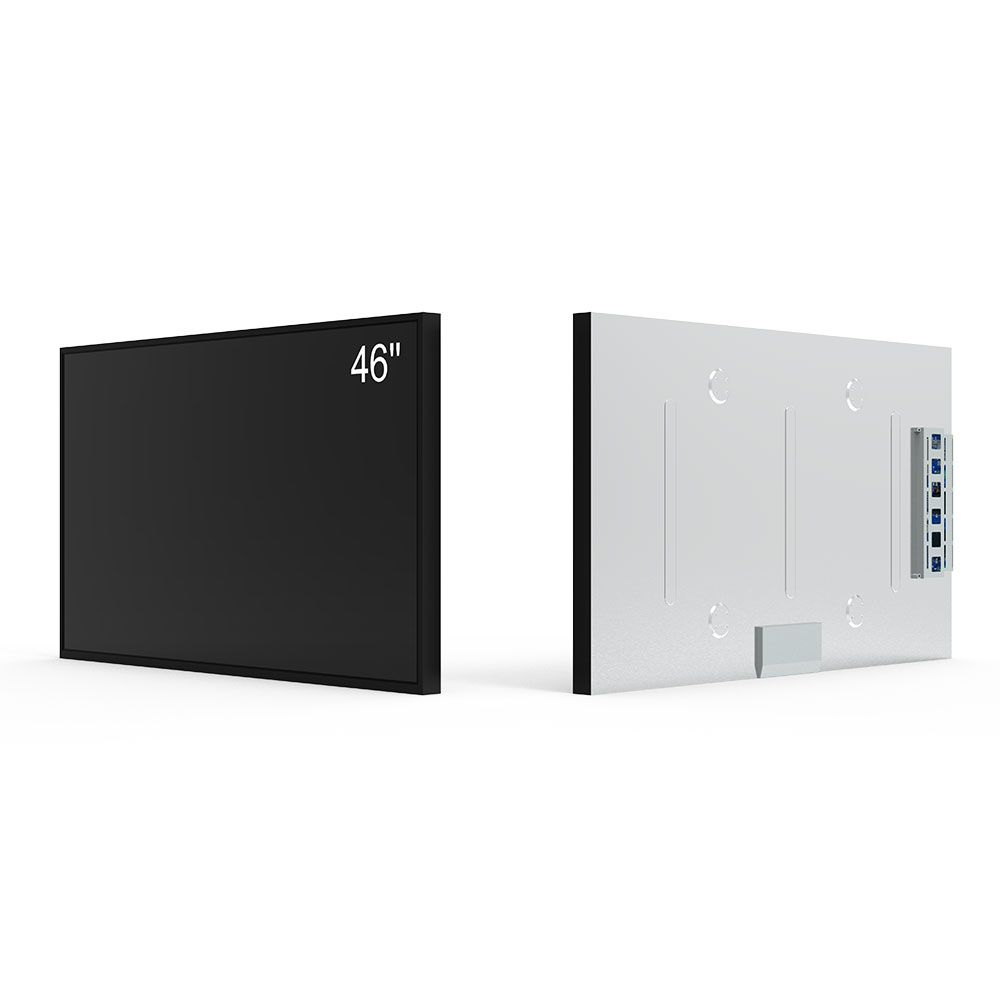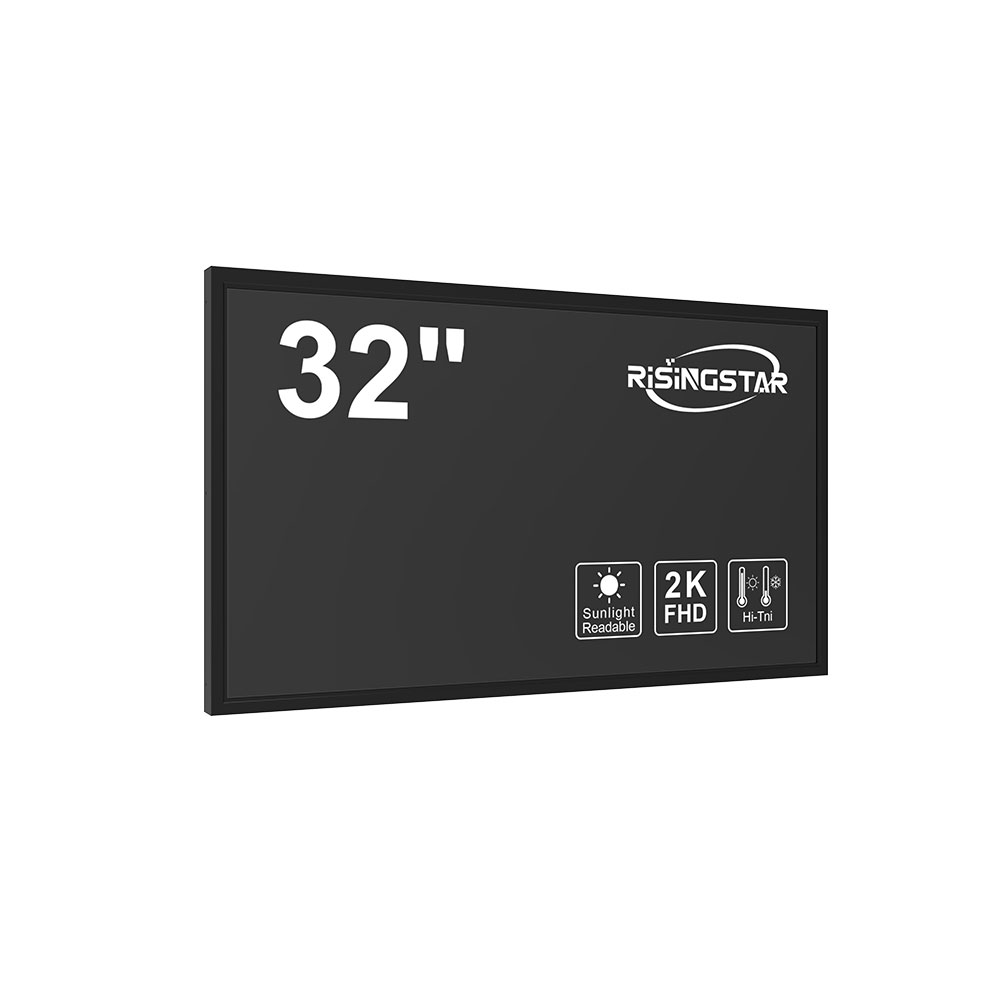Choosing the right outdoor LCD screen is critical for ensuring clear visibility, long-term performance, and cost-effective operation in demanding environments such as retail storefronts, transportation hubs, or public information displays. Unlike indoor screens, outdoor LCDs must withstand extreme temperatures, UV exposure, moisture, and physical impacts—making durability and brightness key selection criteria.
Introduction
Outdoor LCD screens are no longer just an option—they’re a necessity for businesses aiming to engage audiences in real-time. Whether it's digital signage at a busy airport or dynamic advertising on a city street, the performance of your display directly impacts brand perception and message clarity. According to a 2023 report by MarketsandMarkets, the global outdoor digital signage market is projected to exceed $45 billion by 2027, driven by increasing demand for high-brightness, energy-efficient solutions. This underscores the need for informed decision-making when selecting outdoor LCD technology.
Main Body

The first consideration is brightness, measured in nits. For optimal readability under direct sunlight, screens should have a minimum brightness of 5,000 nits—some premium models reach up to 10,000 nits. Industry standards from the Society of Motion Picture and Television Engineers (SMPTE) recommend this level for outdoor use. Next, assess IP rating—a higher rating (e.g., IP65 or IP68) ensures protection against dust and water ingress, crucial for coastal or high-rainfall areas.
Another essential factor is panel type. LED-backlit LCDs offer better contrast and color accuracy than CCFL-backlit options, while OLED panels provide deeper blacks but may be less durable outdoors due to UV sensitivity. For longevity, consider manufacturers with proven track records in outdoor applications—brands like LG, Samsung, and NEC often meet MIL-STD-810G military-grade durability standards.

Power efficiency also matters: outdoor screens must balance performance with energy consumption. Look for models with adaptive brightness control and low-power standby modes—features that can reduce operational costs by up to 30% annually, as shown in a case study by Signage Solutions Group (2022). Finally, ensure compatibility with remote management software for firmware updates, content scheduling, and diagnostics—all vital for scalable deployments across multiple locations.
Conclusion
Selecting the right outdoor LCD screen involves more than just choosing a bright display—it requires a holistic evaluation of environmental resilience, panel quality, power efficiency, and scalability. By aligning technical specifications with real-world usage scenarios, businesses can invest in displays that deliver consistent performance year-round, enhancing both user engagement and ROI. Always consult certified engineers or vendors experienced in outdoor display systems to avoid costly missteps.








